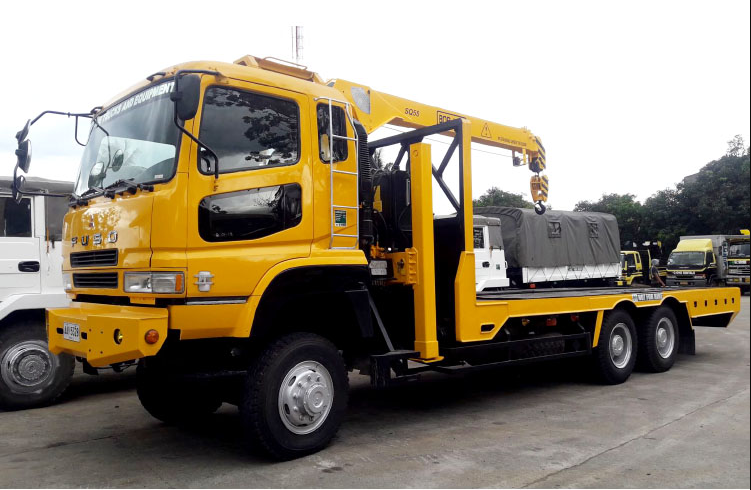Truck cranes provide basic services for many companies in all walks of life. If used improperly, it can also open the door to serious safety issues. In fact, OSHA reports that when the operator exceeds the crane’s lifting capacity, 80% of the crane’s overturning or overturning can be traced to human error. More than 50% of failures are caused by improper use of outriggers.

It is important that the operators of truck-mounted cranes always put safety in the first place and have received comprehensive training on how to use outriggers to safely operate the crane. Although there is still a lot to learn, the following content provides some basic guidelines.
What to know
When operating the crane truck, hydraulic or manual outriggers are also operated. The outriggers extend outward and touch the ground a few feet away from the truck, keeping the truck stable during any type of lifting. By distributing the crane load to a larger area, a solid and stable foundation is provided.
Type of outrigger
There are two main styles of hydraulic outriggers. A typical H-type system includes the following standard components:
Two stable legs
Central tube
Pump and manifold assembly.
control panel
Harnesses, hoses, and connectors.
Adjust the size of the outriggers in proportion to provide the necessary support for the design and lifting capacity of each specific truck. The legs can be square or round, and both can work well.
The hydraulic outriggers can also be designed as an A-frame style, which does not extend outward and downward like the H-shape but extends downward from a certain angle. The A-frame outriggers can be installed behind the truck cab, and the H-frame outriggers are usually installed behind the truck. Both styles can be used to stabilize the lifting truck.
 truck crane,Truck mounted crane,Marine Crane –
truck crane,Truck mounted crane,Marine Crane –